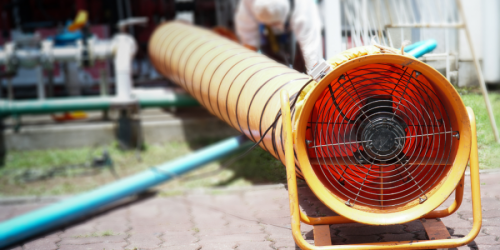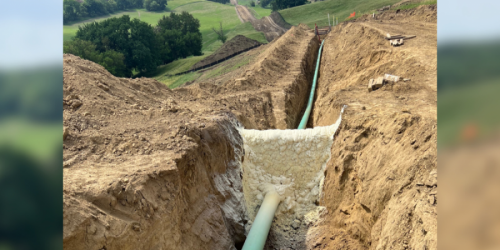Q&A Forums
Spray foam in Unfinished Attic Floor Post New Topic | Post Reply
| Author | Comments |
|---|---|
|
Posted: Mar 26, 2016 03:19 AM
|
Spray foam in Unfinished Attic Floor
Hello, have new construction residential home. All exterior walls of the home are to have closed cell spray foam applied. Currently attic floor / ceiling is contracted to have blown in R 40 insulation. House is in the Midwest Ohio region. Is this best option to keep the R 40 insulation in the attic floor or upgrade to spray foam? Attic space will be unfinished and no plans for storage and is unvented. Do not think HVAC will go through attic either. Have heard adding spray foam to ceiling would make the house "unbreathable" and cause issues. Not sure what issues this would lead too. Also question how much energy efficiency would be lost by not using spray foam in ceiling?Thank You |
|
mason
Posted: Mar 26, 2016 01:16 PM
|
Coincidentally I wrote an article title To Vent or Not to Vent that was published in Construction Specifier in 2014. Please follow this link to read the whole article http://www.constructionspecifier.com/to-vent-or-not-to-vent-deciding-what-is-best-for-attic-applications/ To summarize, if there is no ductwork or HVAC equipment in the attic space, then a traditional vented attic with insulation installed to the floor of the attic would be your most cost effective method to insulate the space. I prefer using closed cell foam at a 3-4 inch to the floor of the attic depth followed by a blown in insulation sufficient to achieve your prescriptive R value. If there is ductwork and HVAC equipment in the attic space then insulating the underside of the roof deck in an unvented attic configuration would be more energy efficient. You do not want to have an unvented attic with insulation on the floor of the attic. Just asking for trouble then. As for sealing the space "too tight" We developed a line for that decades ago. "Seal tight so that you can ventilate right". If you air seal the building, then you can introduce the correct ventilation for the space and the climate. Spraying foam will help air seal the building better than other types of insulation and your HVAC contractor should account for the added air tightness by providing the correct ventilation. Doing it the correct way should help indoor air quality, but doing it incorrectly can lead to poorer indoor air quality. |
|
Posted: Mar 28, 2016 12:58 AM
|
Thank you very much for your reply. Very helpful! |
|
RosieErickson
Posted: Sep 17, 2016 10:26 AM
|
Attic insulation is very important. There are tons of different ways that these critters can gain access to your home. Birds, mice, squirrels and raccoons may also enter your home through attics and crawl spaces if there are no barriers to prevent them from getting in. Such animals may have mites, fleas and other pests, which may infest your home. Take the help of the experts like http://pinnaclepest.com/rodent-control/ and let them help you to get rid of the attic pest. |





























